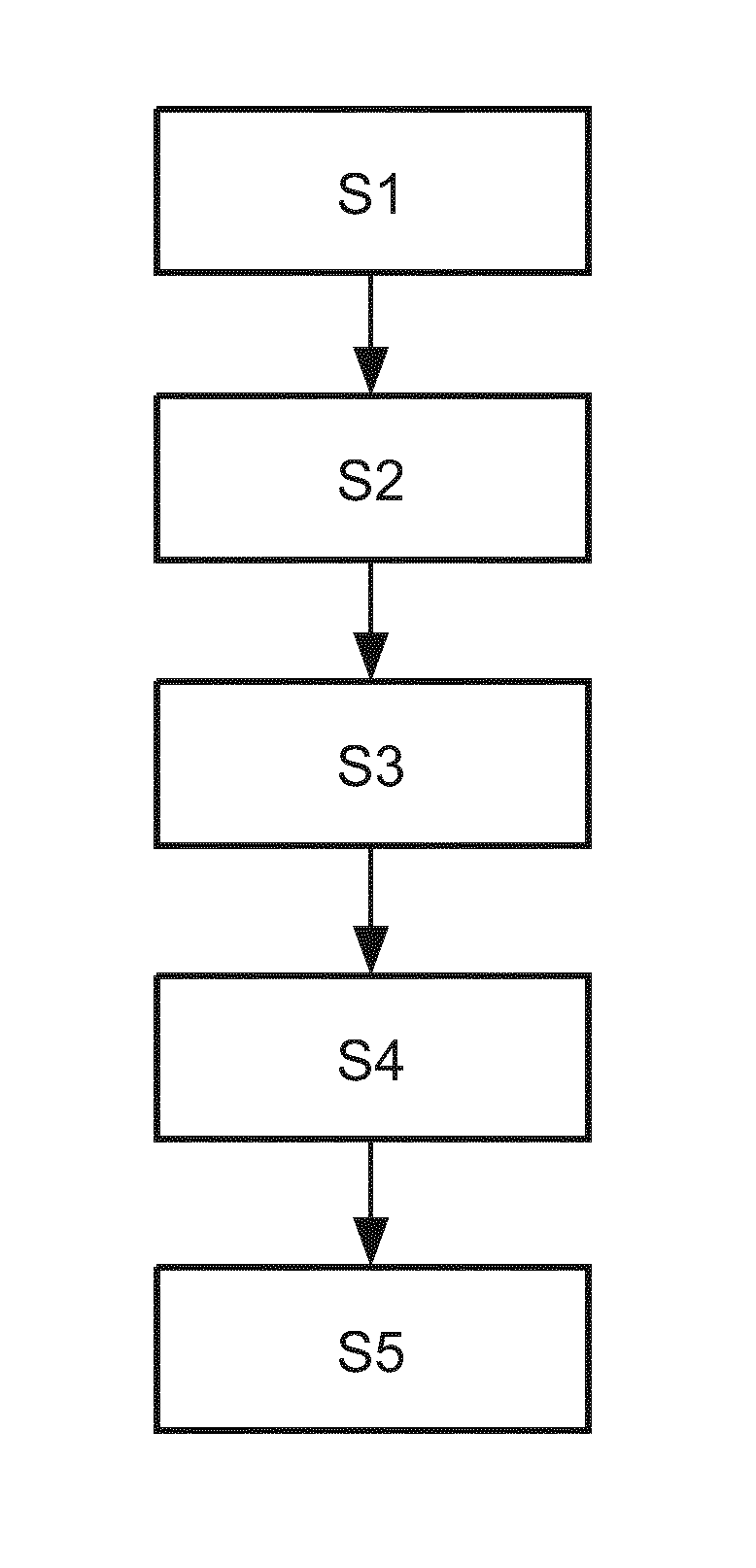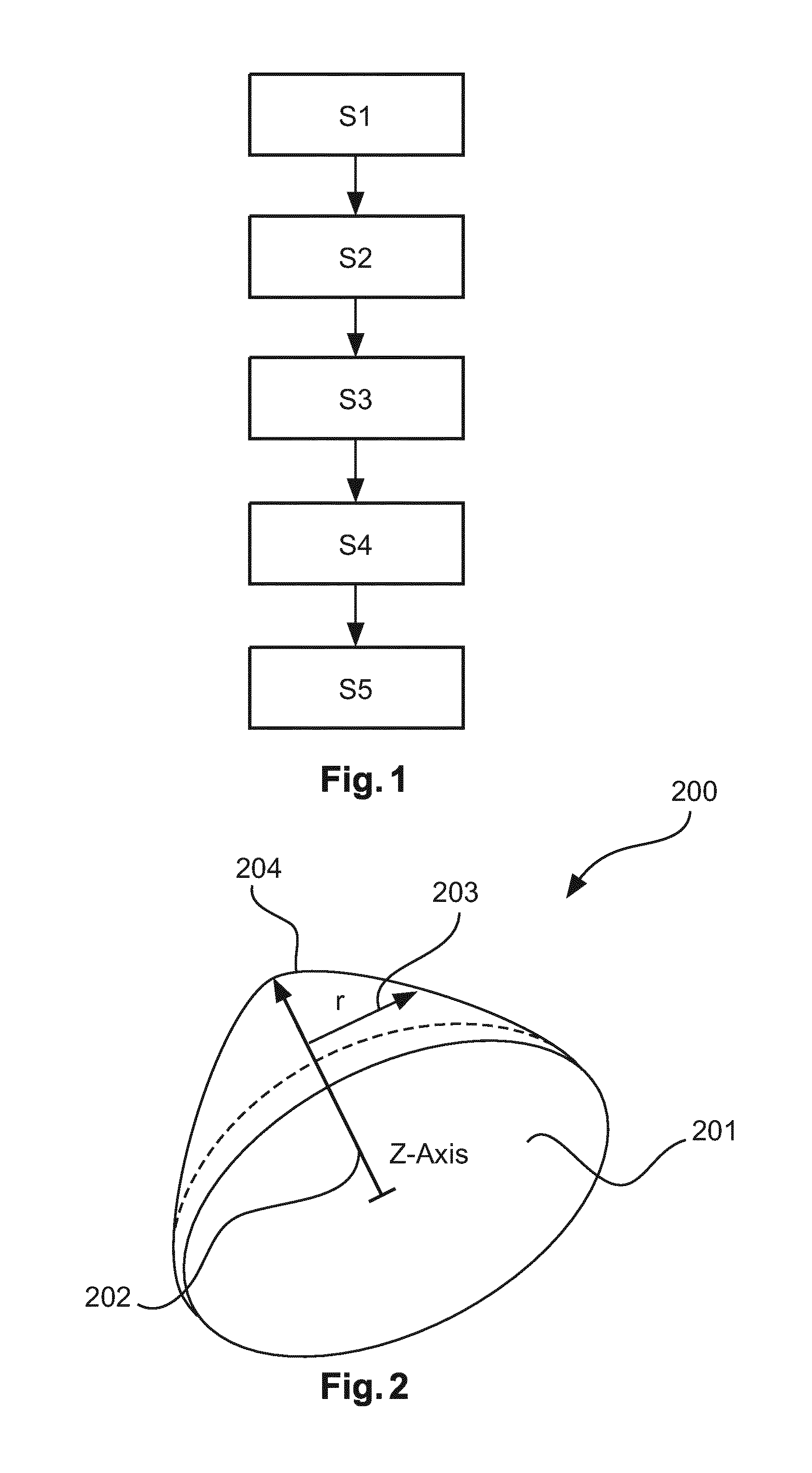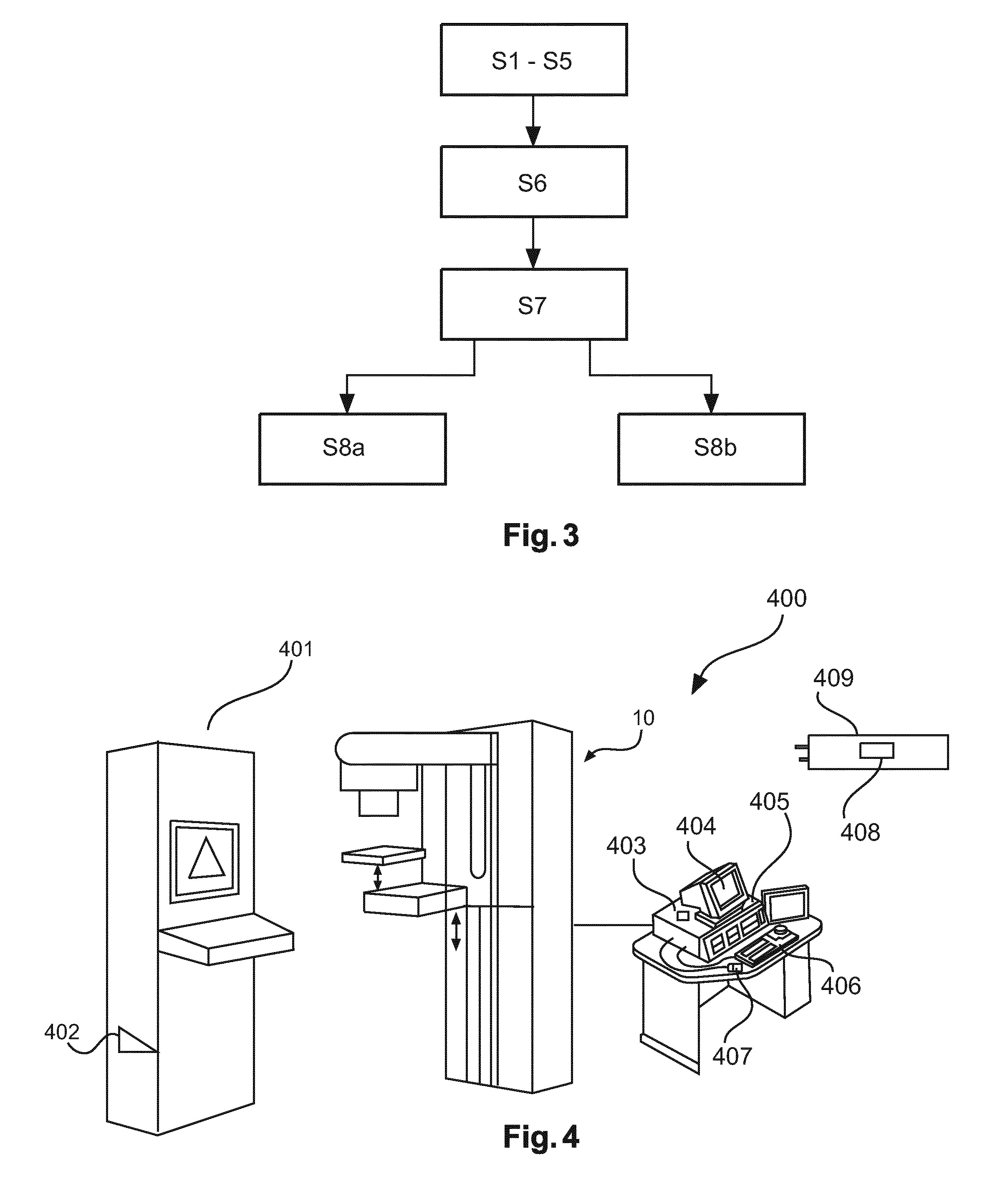Linking breast lesion locations across imaging studies
a breast lesion and imaging study technology, applied in the field of breast imaging technology, can solve the problems of time-consuming, difficult, error-prone, etc., and achieve the effect of convenient comparability, fast and effective linking breast lesion locations, and less prone to errors
- Summary
- Abstract
- Description
- Claims
- Application Information
AI Technical Summary
Benefits of technology
Problems solved by technology
Method used
Image
Examples
Embodiment Construction
[0045]In the following, aspects about the breast model and the used coordinate systems will be described in detail. The following aspects are applicable to all embodiments depicted in FIGS. 1 to 4. It should be noted that all steps described for the first image are equally applicable and disclosed herewith for the second image and any further image.
[0046]In a first embodiment, the breast model is a generic breast model and is represented by a parametric function. For example, a two-dimensional Gaussian function (G(x,y)), restricted to a circular supporting domain D, parameterized either by Cartesian coordinates (x,y) or polar coordinates (r,φ) is a possible embodiment. Moreover, the anatomic structures can be presented by the apex, i.e. the nipple position, the flat circular domain with the z-coordinate=0 (posterior end of breast; pectoral muscle), the surface defined by the Gaussian function values G(x,y) (i.e. the skin surface), and by aligning the axis orientations with patient c...
PUM
 Login to View More
Login to View More Abstract
Description
Claims
Application Information
 Login to View More
Login to View More - R&D
- Intellectual Property
- Life Sciences
- Materials
- Tech Scout
- Unparalleled Data Quality
- Higher Quality Content
- 60% Fewer Hallucinations
Browse by: Latest US Patents, China's latest patents, Technical Efficacy Thesaurus, Application Domain, Technology Topic, Popular Technical Reports.
© 2025 PatSnap. All rights reserved.Legal|Privacy policy|Modern Slavery Act Transparency Statement|Sitemap|About US| Contact US: help@patsnap.com



